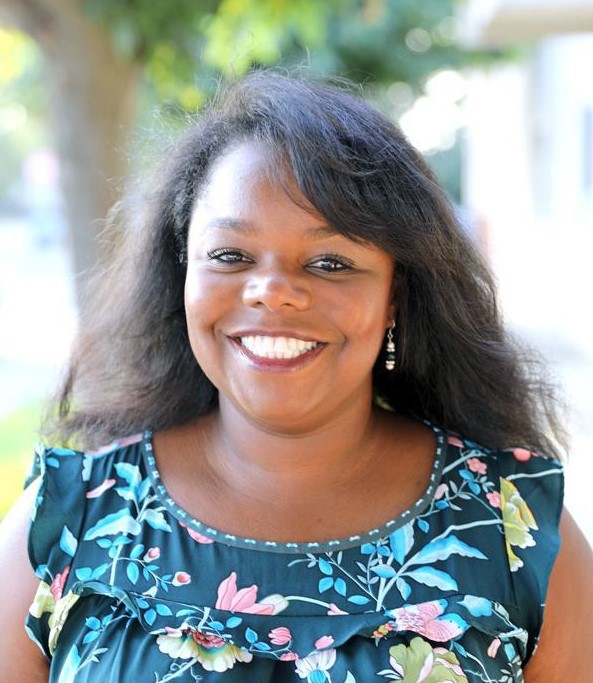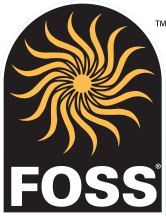Define Equity and Culture
There can be uncertainty around how we define equity and culture. The contributors of A Framework for K-12 Science Education: Practices, Crosscutting Concepts, and Core Ideas, published in 2012, acknowledged that educators may struggle to set aside their culture of origin and embrace the ways others engage with science.
In updating the science frameworks, the writers made recommendations to include equity and diversity in the teaching of science because it had been lacking in creating a connection to students’ backgrounds. The problem is explained within the publication, “previous standards for K-12 science education have been criticized for obscuring histories and circumstances of specific cultural groups” (NRC, 2012, p. 307). The recommendation calls for educators to use science education materials that draw “on examples that are not dominated by the interests of one gender, race, or culture” (NRC, 2012, p. 307).
Acknowledge That Culture is Sometimes Misaligned with Students
We know that the difference in teacher and student ages can lead to a gap in understanding. Educators realize when their references become ineffective to use more contemporary examples to teach. A misalignment in age is a given, but a misalignment in culture seems to be harder for educators to grapple with because cultural expectation isn’t as visible as age.
In an age gap, the teacher yields. It’s a quick conversion to more modern references. The same conversion can be made with aspects of student backgrounds. Ask students to share when they have had interactions with your science topic and acknowledge their contribution. Sometimes students take a circuitous route to learning and this can lead to deeper connections to science content than using the educator’s prescribed thinking. Here’s an example of what that might look like:
During an educator training, I asked everyone to share how they have interacted with ice and ideas they had on what things impact the process of ice melting. An educational leader shared a story of driving to Mexico from California and how her father would prepare the ice for the ice chest of drinks for the trip. She said something very specific- but I’m not going to ruin the mystery here! Because I knew where we were going with our learning sequence, I used my general comment, “Very interesting… thank you for sharing that.” It wasn’t until the end of the day that it clear to others how relevant her story was- and how it refuted the thinking of the dominant culture on what constitutes a scientific observation.
Students need to interact with what they know before gaining new knowledge. By interweaving their experiences with science content, you can increase engagement and learn how differing cultural perspectives benefit deeper student understanding.
Tips to Help Incorporate Culture in Science
- Use science biographies of underrepresented groups while studying lessons. What were the contributions to science?
- Use an extension activity to practice science learning. One example used shadow puppetry to connect learning about light/energy with Asian cultures. This specific example came up during an online science event, and the audience shared how relevant the lesson was to their culture and experiences.
- Use local phenomena in the exploration of the natural world. Students are more engaged when the phenomenon you are investigating is visible in their own community.
- Share science stories about topics you have questioned or already figured out through observation. This can be a time of verbal sharing, in the tradition of African griots or storytellers.
- Use hands-on activities whenever possible to make the learning concrete for students. Having hands-on activities also provides access to the same experiences for the entire class. The experiences can later be used for class discussions, writing, and reading.
National Research Council. (2012). A Framework for K-12 Science Education: Practices, Crosscutting Concepts, and Core Ideas. Washington, DC: The National Academies Press.

Rosanna Ayers – Educational Leader
Former Director of Youth Education at the Biomimicry Institute and County Office Science Coordinator. Bachelor of Science in International Business, a Multiple Subject Teaching Credential, an Administrative Service Credential, and a Master of Education in Leadership and School Development, with an emphasis on Next Generation Science Standards. Rosanna has her Biomimicry Practitioners Certificate and teaches graduate-level integrated science courses at a university teacher preparation program. Rosanna is currently an education doctoral candidate in UC Berkeley’s LEAD program.

